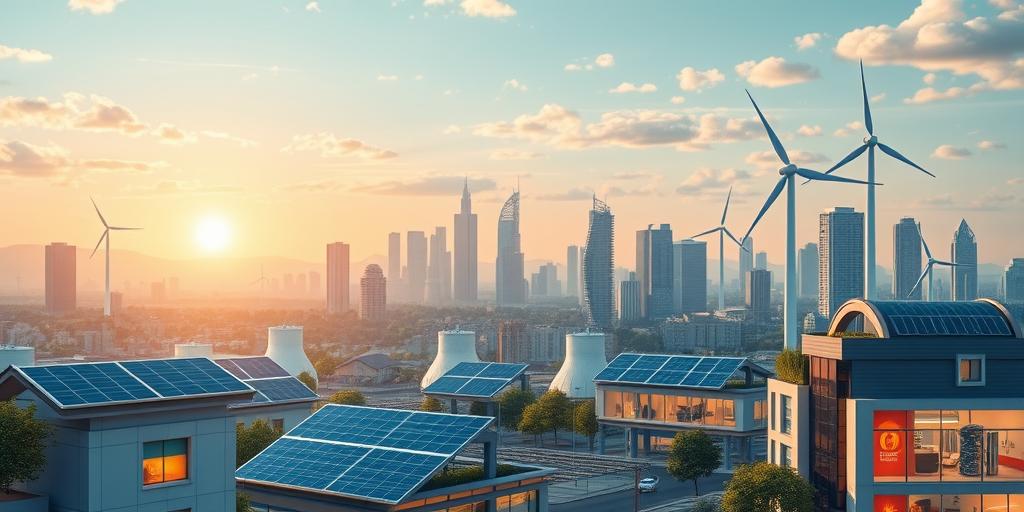The Trajectory of Renewable Energy: A 2025 Outlook
The global energy landscape is undergoing a profound transformation, driven by the urgent need to mitigate climate change and transition to sustainable energy sources. Renewable energy technologies, including solar, wind, hydro, and geothermal, are at the forefront of this shift. This post examines the anticipated state of these technologies in 2025, considering advancements, challenges, and opportunities.
Solar Energy: Continued Expansion and Efficiency Gains
Solar power is expected to maintain its position as a leading renewable energy source. By 2025, advancements in photovoltaic (PV) technology will likely result in higher efficiency panels and reduced production costs. This will further accelerate solar energy adoption across residential, commercial, and utility-scale applications. Key areas of development include:
- Perovskite Solar Cells: These next-generation solar cells promise higher efficiencies and lower manufacturing costs compared to traditional silicon-based panels.
- Bifacial Solar Panels: These panels capture sunlight from both sides, increasing energy generation by up to 30%.
- Floating Solar Farms: These installations on bodies of water can reduce land use and improve panel performance due to cooling effects.
Wind Energy: Offshore and Onshore Advancements
Wind energy will continue to play a crucial role in the renewable energy mix. Both onshore and offshore wind farms are projected to expand, with advancements in turbine technology driving greater energy output. Key trends include:
- Larger Turbines: Taller turbines with longer blades can capture more wind energy, increasing efficiency and reducing the cost per kilowatt-hour.
- Offshore Wind Farms: Offshore wind farms offer higher capacity factors due to stronger and more consistent winds. Floating offshore wind platforms will enable development in deeper waters.
- Advanced Grid Integration: Improved grid infrastructure and energy storage solutions will be essential to integrate variable wind energy into the electricity grid.
Other Renewable Energy Technologies
- Hydropower: While large-scale hydropower projects face environmental concerns, small-scale hydro and pumped storage hydropower will continue to provide valuable grid stabilization and energy storage services.
- Geothermal: Geothermal energy offers a reliable baseload power source. Enhanced geothermal systems (EGS) will enable access to geothermal resources in a wider range of locations.
- Biomass: Sustainable biomass energy, derived from agricultural residues and dedicated energy crops, can contribute to reducing greenhouse gas emissions when produced and used responsibly.
Challenges and Opportunities
Despite the promising outlook, several challenges must be addressed to fully realize the potential of renewable energy technologies:
- Intermittency: Solar and wind energy are intermittent sources, requiring energy storage solutions or grid management strategies to ensure a reliable power supply.
- Grid Infrastructure: Upgrading and expanding grid infrastructure is crucial to transmit renewable energy from remote generation sites to urban centers.
- Policy and Regulatory Support: Government policies and regulations play a vital role in incentivizing renewable energy development and removing barriers to deployment.
Conclusion
In 2025, renewable energy technologies are poised to make significant strides in transforming the global energy landscape. Continued innovation, supportive policies, and strategic investments will be essential to overcome challenges and accelerate the transition to a sustainable energy future. The shift towards renewable energy is not just an environmental imperative but also an economic opportunity, driving job creation, technological advancements, and energy independence.
